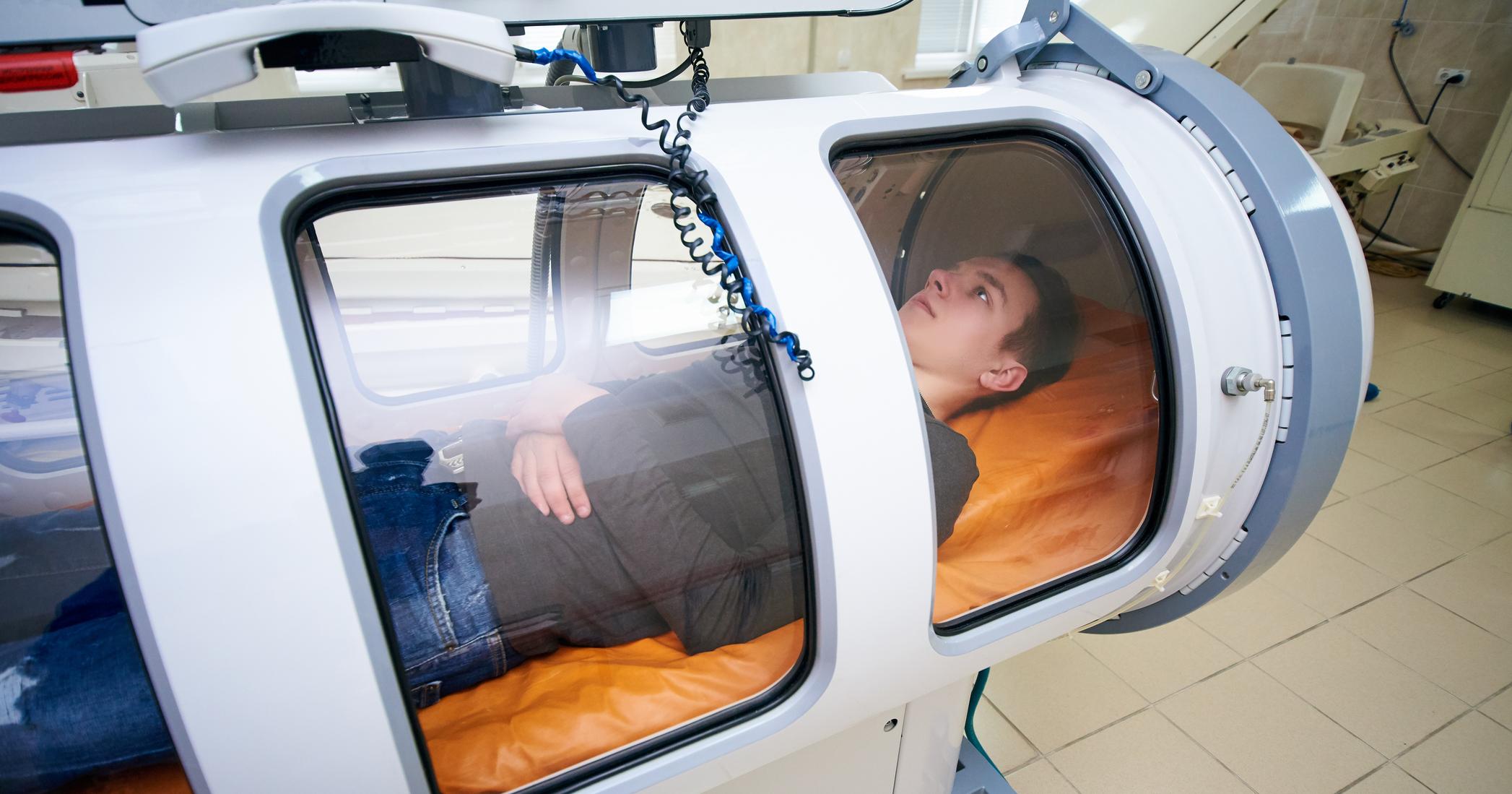Guide To Treating Interstitial Lung Disease
Interstitial lung disease is a general term used to describe disorders that affect breathing by causing scarring in the lungs. These conditions can be caused by chemical exposure, certain medications, and even some medical treatments. Most patients treated for this condition may never know the cause, but the damage is progressive and irreversible. Some medications can slow the scarring. Some examples of disorders that fall under the umbrella of interstitial lung disease include sarcoidosis, idiopathic pulmonary fibrosis, asbestosis, and hypersensitivity pneumonitis. Finding the right treatment depends on the exact condition and its severity.
Oxygen Therapy

Oxygen therapy is not going to stop the lung damage occurring from interstitial lung disease. However, it can improve the quality of life for affected individuals. Most patients undergoing this kind of therapy only use the oxygen at night or while exercising to assist with breathing and blood pressure regulation. However, it can be used full-time for those who need it. Oxygen will often help prevent or reduce the risk of low blood oxygen complications. It can also reduce the blood pressure in the right side of the heart, helping balance blood pressure and flow. Another benefit patients find with oxygen therapy is an improved sense of wellbeing, as their breathing is better regulated and blood oxygen levels are at a normal level. Oxygen used at night helps with ease of breathing so that patients can sleep better. Many doctors utilize this therapy in conjunction with other treatments and remedies for interstitial lung disease to achieve maximum health benefits for patients.
Learn about the next option for treating interstitial lung disease now.
Gastroesophageal Reflux Disease Medication

Research is ongoing, but scientific evidence has recently discovered the benefits of many common medications in the treatment of interstitial lung disease. Gastroesophageal reflux disease medication is one of those, as most people with interstitial lung disease also suffer from GERD. This condition has been associated with worsening damage to the lungs when left untreated. Reducing stomach acid, which is the goal of most medications for reflux, will help reduce the risk of further damage to the lungs as well. Patients may be prescribed proton pump inhibitors or H-2 receptor antagonists, like omeprazole and lansoprazole to assist in regulating their reflux and reducing the associated risk of further lung damage.
Continue reading to discover more options for treating interstitial lung disease now.
Pulmonary Rehabilitation

Like any kind of rehabilitation, pulmonary rehabilitation is designed to help improve the physical health and wellbeing of the lungs. This can assist in improving daily lung function and allow individuals suffering from this condition to enjoy a higher quality of life. These programs are customized to the needs of individual patients, and can include an array of techniques and services. Physical exercise is the biggest part of this treatment, and it will help improve endurance and lung function. Patients may also be taught various breathing techniques and tricks to help improve the efficiency and function of their lungs. In addition, rehab programs may offer therapy and emotional support counseling and nutritional counseling, as needed. Since there is no way to reverse the lung damage, many individuals diagnosed with this condition can benefit from emotional support groups or one-on-one counseling to discuss their diagnosis and future quality of life.
Discover the details on the next interstitial lung disease treatment options now.
Lung Transplantation

As a last resort, patients with interstitial lung disease may be recommended for a lung transplant. This is only utilized in severe cases, or when no other treatment options are effective. The severity of the scarring in the lungs, as well as other diagnosed health conditions that may be affecting lung health, will both be considered in determining if a patient is a candidate for a transplant. Patients who are not taking all other necessary healthy steps and precautions to assist in improving their condition will probably not be considered for a lung transplant simply because they are not doing everything in their power to improve their health. Children and those with life-threatening conditions that only affect the lungs are going to be most likely to benefit from lung transplantation.
Understand more options for treating interstitial lung disease now.
Follow A Nutritionally Rich Diet

Eating can be difficult for individuals with interstitial lung disease. When breathing is difficult, the extra energy needed to eat can be difficult to muster. As a result, many patients lose a significant amount of weight or become unhealthy. Patients are often advised to follow a nutritionally rich diet to ensure they get enough calories, despite how much or how often they eat. Nutritional counseling and support is a part of the treatment for interstitial lung disease, and many patients will be referred to a dietitian for further assistance and support with their diet and nutritional needs. Patients suffering from acid reflux might have even more difficulty with their eating habits or being able to eat enough food. In this case, a nutritionist can assist in identifying foods that trigger reflux and find dietary alternatives, if they are available.
